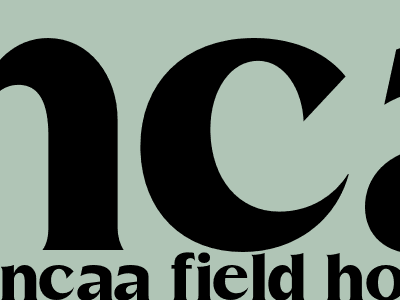
NCAA Field Hockey Shootout Rules
What is a Shootout?
A shootout is a method of determining the winner of a field hockey game that is tied at the end of regulation and overtime. It is a one-on-one competition between a player from each team and the goalkeeper. The player must dribble the ball into the scoring circle and shoot at the goal. The goalkeeper must try to stop the shot. The team that scores the most goals in the shootout wins the game.
Rules of the Shootout
The shootout is conducted in a series of five rounds. Each team takes turns sending a player to shoot at the goal. The players shoot in alternating order. If the game is still tied after five rounds, the shootout continues into sudden death, with each team sending one player to shoot at a time until one team scores.
The following rules apply to the shootout:
- The player must dribble the ball into the scoring circle before shooting.
- The player must shoot the ball within 8 seconds of entering the scoring circle.
- The goalkeeper must remain on the goal line until the player shoots.
- The goalkeeper may not leave the goal line to challenge the player.
- The player may not shoot the ball over the goalkeeper's head.
- The player may not shoot the ball around the goalkeeper.
Strategy for the Shootout
There are several strategies that teams can use to win the shootout. One strategy is to send their best shooters first. Another strategy is to mix up the order of their shooters so that the goalkeeper cannot predict who is going to shoot next. Teams may also choose to have their players shoot to different corners of the goal. The goalkeeper must be prepared for anything and must be able to make quick saves.
Conclusion
The shootout is a exciting way to determine the winner of a field hockey game. It is a test of skill and nerves for both the players and the goalkeepers. The team that is able to execute the best shootout strategy will have the best chance of winning the game.